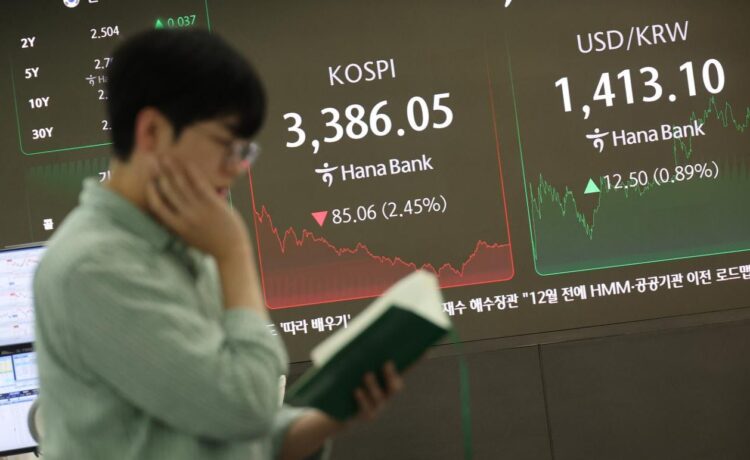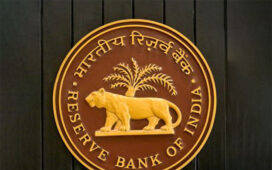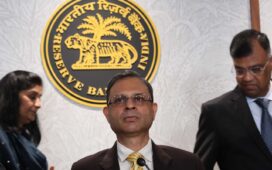The Korean won has weakened to the range of 1,410 won per dollar, reflecting uncertainties over U.S. tariff negotiations and the proposed dollar-won currency swap, market watchers said Sunday.
The escalating standoff over U.S. demands that Korea invest $350 billion in the world’s largest economy without a bilateral currency swap is expected to strain not only Korea’s foreign exchange (FX) stability but also the broader bilateral economic relationship.
The finance ministry says meeting U.S. demands without an unlimited currency swap could trigger a currency crisis, since the cash-based investment would have to liquidate a substantial portion of the country’s foreign reserves of around $416 billion.
This would depreciate the exchange rate further to 1,430 won per dollar or more, accelerating foreign capital outflows amid evaporating investor confidence in the country’s FX stability.
According to financial market data, the Korean currency closed at 1,412.4 won against the dollar, its weakest rate since May 14, when the exchange rate surged past 1,420.
The rate remained in the 1,380-1,400 range last month, but dipped last week to the 1,400-1,410 range, a psychologically significant level.
The drop is explained not only by the dollar’s global strength but also an overall weakness in the Korean currency.
The dollar index, a measure of the U.S. dollar’s value against six major currencies, inched up 0.43 percent this month, while the Korean won suffered a sharper fall of 1.58 percent.
The dollar index has declined 2.51 percent since the end of 2023, but the won over the same period has dropped 8.81 percent. This was an anomaly since a weaker dollar usually translates to a stronger won.
The Korean currency continues to come under downward pressure, influenced by receded expectations of U.S. monetary easing and a stronger-than-expected dollar that followed.
Also at play is the stalling of Korea-U.S. tariff negotiations.
On Sept. 25 (local time), Trump said Korea’s $350 billion investment must be “up-front,” sending the exchange rate soaring to 1,410 won on the dollar.
The investment was part of a July 30 bilateral agreement wherein the two sides agreed to a 15 percent blanket tariff on Korean goods, lowered from 25 percent.
The U.S. demand on the investment seeks to override Korea’s earlier proposal that only around 5 percent of the total be a cash-based equity investment, with the remainder in the form of guarantees and loans.
The demand also came despite President Lee Jae Myung’s warning during a Sept. 22 Reuters interview that Korea could face a financial crisis if it were to invest $350 billion in cash without an unlimited currency swap.
Market watchers say even an unlimited currency swap would not be able to stave off a major currency crash if the $350 billion cash investment is pushed forward.
The potential swap deal would not be able to remove the fundamental factor of dollar outflow, which would amplify currency volatility, according to a Woori Bank economist.
“The effect of a swap deal would be limited to easing short-term liquidity risks and stabilizing market sentiment,” Woori Bank economist Park Hyung-joong said.
The export-dependent Korean economy stands to take a heavy blow if Korea decides against the investment and the blanket tariff rate is raised back to 25 percent.
“Korea’s automobiles and auto parts will see their sales drop. The heavy 25 percent tariff would lead to a significant drop in U.S.-bound Korean exports, slow the country’s growth and weaken the won,” Park said.
Deputy Prime Minister and Finance Minister Koo Yun-cheol is expected to announce FX deal developments with the U.S. this week. Koo met with U.S. Treasury Secretary Scott Bessent on Sept. 24 (local time).



